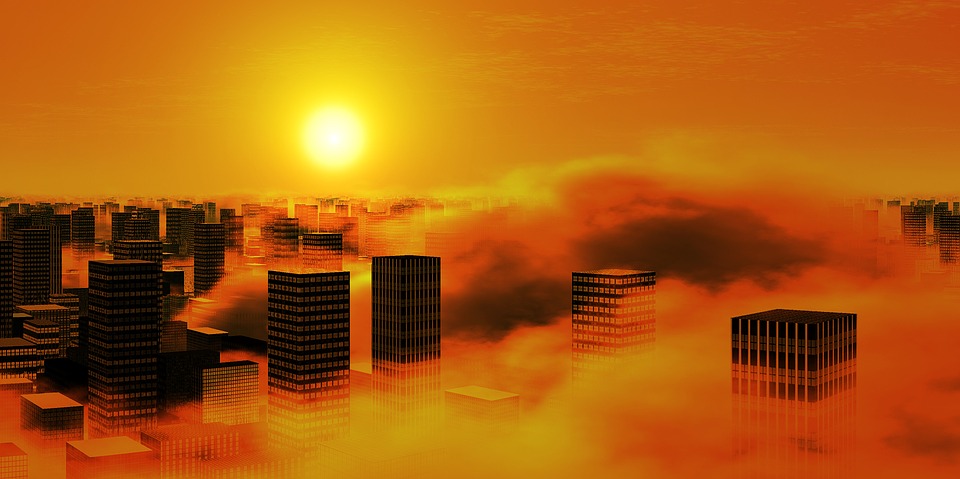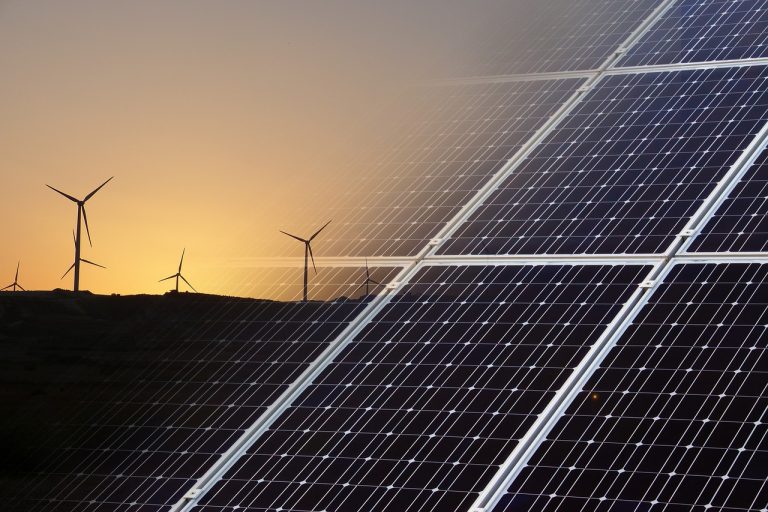There was a time when if you lived in the Northern Hemisphere, you could almost certainly find the Milky Way in the night sky. Now though, that’s untrue for millions. Now, the Milky Way is obscured by our billions and billions of artificial lights. Stand in a moderately-sized city, and light pollution will prevent you from seeing one of the great wonders of the world: the stars.

What is Light Pollution and Why Doesn’t it Get the Attention it Should
Light pollution differs from other forms of pollution, because the consequences lack the same dramatic visual effect. Light pollution’s negative consequences revolve around what we can’t see, and what stops happening.
Light pollution became an issue as a result of the industrial revolution. The lighting that mankind uses for buildings, streets, stadiums, commercial uses, etc., is often utilized poorly. Instead, of being focused, efficient, and properly bright, it is typically the opposite of those things; spilling high beams everywhere.
The journal Science Access published the new World Atlas of Night Sky Brightness, which shows that more than 80 percent of the world and over 99 percent of the people in the United States and Europe live under polluted night skies. One-third of humanity can’t see the Milky Way.
Beyond the fact that our visibility is affected, it also affects the people, plants, and animals that live in the affected areas.
How are animals affected? Sea turtle hatchlings depend on the moon to determine when it is safe to head into the sea. Birds can exhaust themselves flying around bright lights they confuse for the moon. Excessive lighting also disrupts the nighttime mating calls of certain animals, and takes cover from nocturnal predators.
What about plants and insects? Because plants are very sensitive and thrive in certain light frequencies, they also fail in certain frequencies. The University of Exeter conducted a study that found that when a certain plant was exposed to lighting that mimicked UK street lights the flowering of a plant, which certain insects depend upon for survival, was stunted.
How is human health impacted? Artificial lighting messes with humans’ circadian rhythms interfering with one’s natural ability to rest at night. Obviously, the fatigue brought on by this produces tired, poorly functioning people, but more than that it can lead to Adrenal Fatigue.
How Does the Average Person Contribute to Light Pollution
In general, we take advantage of the lighting we have access to. Most businesses and public spaces leave lights on 24/7 as a deterrent to crime on or within the premises. Even private residences often have outside lighting on all night. Additionally, our cities and towns are filled with streetlights, vehicles, back-lit billboards, etc.
However, the good news is that having a positive impact on the environment is a relatively straightforward process.
At the most basic level, it’s a matter of assessing how one is using the lights in one’s home. Due to the fact that electric lights are completely commonplace they’re often overlooked as inconsequential in the grand scheme of things. However, this is absolutely an area where the little things matter. If more people were willing to see the weight in their lighting choices, light pollution would be impacted for the better.
Beyond looking critically at each of the light sources one is responsible for, it’s also beneficial to assess the bulbs one is using. Overall, LED bulbs are the way to go. Not only are they far more efficient to use, they last longer. A longer life means that we are using less and wasting less to produce the light bulbs.
Inside: Look at the bulbs in the lighting fixtures, lamps, and even nightlights in each room. Consider the electronics in the house and whether there are more efficient options they can be replaced with. Even if they aren’t contributing to light pollution, an overall attention paid to efficiency and use is always smart.
Outside: Whether outside a business or personal residence, what lights are actually necessary to safely complete activities? If there are outdoor lights that belong to the city, but that an individual is paying to light, oftentimes the city or municipality will allow for the light to be turned off, and the individual to thus be free from paying.
The Specifics: For those committed to the elimination of light pollution it’s prudent to think not just in generalities, but also about what specific issues are central to where one lives. For example, if one lives in a place where sea turtles are laying eggs considering sea turtle friendly lighting options would be especially helpful.
The Silver Lining
Just as light pollution differs in that its effect may initially seem like a smaller, less tangible form of contamination it also differs in that, at this point, it’s completely reversible. We can’t take back all of the plastic trash from the oceans, or remove cancer from the lungs of those who have been impacted by dangerous city air pollution, but we can have some bearing on the future of light pollution.
Even if you live in a vast metropolitan area, if all the lights went out the Milky Way in all it’s glory would be right there in its full splendor, looking back. Reversible pollution is pollution with less than one hundred years of impact, and that’s where we currently are with light pollution; it’s reversible. The possible ways it has and can damage life, are not set in stone.
It all largely comes down to the individual deciding that it matters to them personally and that they’re interested in doing something about it. The agency that lies with the common man concerning this issue is there, the question is whether or not the motivation is there as well. In the struggle to keep the planet green and healthy, the solutions are often built in the living rooms and backyards of individuals.





Leave a Comment